What Do Pork Ribs Taste Like? A Flavor Journey for Meat Lovers
Pork ribs represent a culinary delight that sparks curiosity among meat enthusiasts and casual diners alike.
Succulent cuts have captured the hearts of barbecue lovers across different regions and cooking styles.
The complex flavor profile of ribs goes far beyond simple expectations, offering a rich and nuanced experience for those willing to dive deeper.
Meat lovers often wonder about the sensory journey these tender morsels provide, from their texture to their remarkable depth of taste.
Different cooking methods can dramatically transform the inherent characteristics of these protein-packed delicacies.
Regional traditions and personal techniques contribute unique dimensions to the overall gustatory experience.
Unraveling the mystery behind pork ribs' remarkable taste promises an appetizing adventure that will tantalize your senses and elevate your culinary understanding.
Pork Ribs Introduction
Pork ribs might seem tricky, but they can be delicious when prepared well.
Cooking these meaty pieces carefully helps melt away fat and cartilage, making them super tender and packed with flavor.
Pork ribs come from specific parts of a pig's ribcage.
Butchers cut these sections into smaller pieces that can be grilled, baked, or smoked.
Sauces like barbecue often add extra taste to these juicy meat sections.
What Pork Ribs Taste Like
Pork ribs have a bold, rich taste that sticks with you and feels comforting in every bite.
How you cook them: grilled, baked, or slow-cooked, can change their texture, from fall-off-the-bone tender to a juicy, satisfying chew.
Adding sauces or spice rubs brings out the natural flavor of the meat and makes each rib taste unique, whether you like smoky, sweet, or spicy.
Pork rinds, made by frying pig skin, are crispy snacks with a salty kick, low in calories, and surprisingly high in protein for their size.
You’ll find pork rinds in lots of textures, from thin and chewy to crunchy and airy, so trying different brands can help you find your favorite.
If you watch what you eat, there are options out there that fit different diet goals while still letting you enjoy the savory, meaty taste of pork.
How to Cook Pork Spare Ribs
Pork ribs demand slow cooking at super low heat, which seems tricky on a grill - though grilling remains the top cooking method. Oven and slow cooker approaches work well too and offer more ease.
Lengthy cooking breaks down cartilage and melts fat, which then coats muscle fibers. Connective tissue surrounding muscle groups softens completely.
Results include moist, meaty, juicy bites that feel incredible when you eat them.
Muscle meat carries strong flavor, especially from muscles experiencing lots of movement.
These muscle groups stay sturdy, but gentle cooking makes meat so tender it nearly slides right off bone.
Both back and spare ribs have a tough inner membrane that won't break down during cooking.
Chefs must remove this thick, chewy layer before preparing ribs.
Best removal technique starts with using a knife to lift one membrane corner, then peeling it away in one smooth motion.
Paper towels help provide extra grip since membranes can feel slippery when handled.
Different Types of Pork Ribs
Rib meat comes from different sections of an animal's rib cage.
Each part carries unique characteristics like meat thickness, bone structure, and fat levels that influence how the ribs will taste and feel when cooked.
Baby Back Rib Cuts
Pork ribs come from specific parts of pig's body, specifically near the backbone. These particular ribs connect to areas around the loin section.
Butchers cut these meat sections carefully to maintain their natural shape. Back ribs have a slight curve matching the animal's original body structure.
Younger pigs provide smaller ribs with a gentle bend, which explains their nickname. Size matters when selecting these meat cuts - most back ribs measure between three and six inches wide.
Typical rack sizes range from eight to thirteen individual ribs. Compared with other rib types, these sections feel more tender and contain less cartilage.
Spareribs differ slightly, offering leaner meat with denser muscle content. Meat lovers appreciate how these ribs maintain their distinctive shape during cooking.
Chefs recognize these cuts as premium selections from pig's body, prized for their meat quality and natural curvature.
Pork Spare Rib Cuts
Spare ribs come from pig bellies, which are lower rib sections reaching toward animal fronts and containing parts of sternum and brisket bones.
These ribs carry more fat because they grow near belly areas, and muscles around rib cages move frequently, making meat slightly tougher.
Cooking methods like smoking, grilling, or baking at low temperatures for extended periods help meat become tender enough to fall away from bones.
Spare ribs measure six to eight inches wide and look straighter compared to back ribs.
Complete rib racks contain between 11 and 13 individual ribs.
St. Louis Rib Cuts
St. Louis cut starts with spare ribs that undergo careful trimming.
Butchers remove brisket bones, sternum, and extra meat hanging over the last rib.
Ribs become neatly squared off and completely flat, reaching about five to six inches wide.
Workers also clear out the inner section of the ribcage, taking away the diaphragm or skirt steak during preparation.
Country Style Rib Cuts
Country-style ribs come from pork loins near the shoulder.
Butchers cut the loin by splitting it down the center, keeping a slim rib bone and small feather bone with meat connected.
Boneless versions include long meat strips from loin muscle and spaces between rib bones.
What Makes Pork Ribs Tasty
Meat between bones offers an incredible flavor that beats other cuts. Tasty layers hide deliciousness right next to the rib bones.
Fat and tissue mix together to create something special when cooked slowly.
Connective sections break down into tender, rich bites that melt in your mouth.
Rich marbling spreads throughout the meat, making each piece packed with deep flavor.
Old cooking wisdom says fat brings amazing taste - and this holds true for these juicy sections of meat.
Marinating Pork Ribs: Tips for Maximum Flavor
Marinating pork ribs is a great way to pack them with flavor and keep the meat juicy.
Letting the ribs soak in the marinade overnight or for several hours gives the best results.
Use a mix of sweet, salty, tangy, and spicy ingredients: think soy sauce, honey, garlic, vinegar, and chili flakes, to make the flavors stand out.
Always coat the ribs evenly and turn them once or twice while marinating so every part gets seasoned.
Cover and chill the ribs in the fridge to let the marinade work its magic safely.
Right before cooking, let the ribs sit out for a bit to come closer to room temperature, which helps them cook more evenly.
A good marinade can turn simple pork ribs into a mouthwatering meal everyone will want to dig into.
Where to Buy Pork Ribs
You can buy ribs from many meat sellers like local butcher stores or big warehouse shops.
Prices change, but raw spare ribs without trimming usually cost less than already-cut ribs.
Many grocery stores also stock packaged ribs that come seasoned and ready to cook right after opening.
How to Store Pork Ribs
Pork ribs need careful storage to keep them fresh and safe. Storing ribs in their original vacuum-sealed package lets them stay good for three to four days inside the refrigerator.
Freezing becomes an option when you want to keep the meat longer - up to six months in those same sealed packets.
Ribs bought in butcher paper require faster attention, with cooking recommended within one day of bringing them home.
Proper storage methods protect meat quality and help prevent spoilage.
Beef vs. Pork Ribs Flavor
Pig ribs and beef ribs stand apart with clear differences in taste and size.
Beef ribs pack a strong, bold flavor that fills your mouth with rich notes.
Pork ribs offer a gentler, more delicate taste that melts smoothly on your tongue.
Meat lovers will notice unique flavor shifts across different rib cuts.
Specific styles like hog back ribs shine when cooked on a grill, showing off their tender texture and delightful flavor profile.
Are Baby Back Ribs From Baby Pigs?
Some ribs sit right in the middle of this picture. Hold on - these definitely did not come from baby pigs!
Let me repeat: absolutely not from baby pigs.
Baby back ribs actually come from meat near the spine muscle in an adult pig's back section.
Different from baby back ribs, spare ribs start their journey around the pig's belly area.
Which Ribs Taste the Best?
Baby Back Ribs sit at top spots for pork rib choices because they offer incredible meat quality.
Meat from this section comes right under the spine's main muscle area.
These specific rib pieces connect directly to pig backbone sections and rest in upper regions of rib structures.
These ribs' meat feels tender and contains less fat compared to other rib cuts.
Bone-In or Boneless Ribs: Which Is Better?
Each option brings something special to the table.
Bone-in short ribs pack more flavor because the bones add depth to the meat.
(When short ribs aren't around, thick chuck steak or blade steak with bones work perfectly fine and deliver delicious results.)

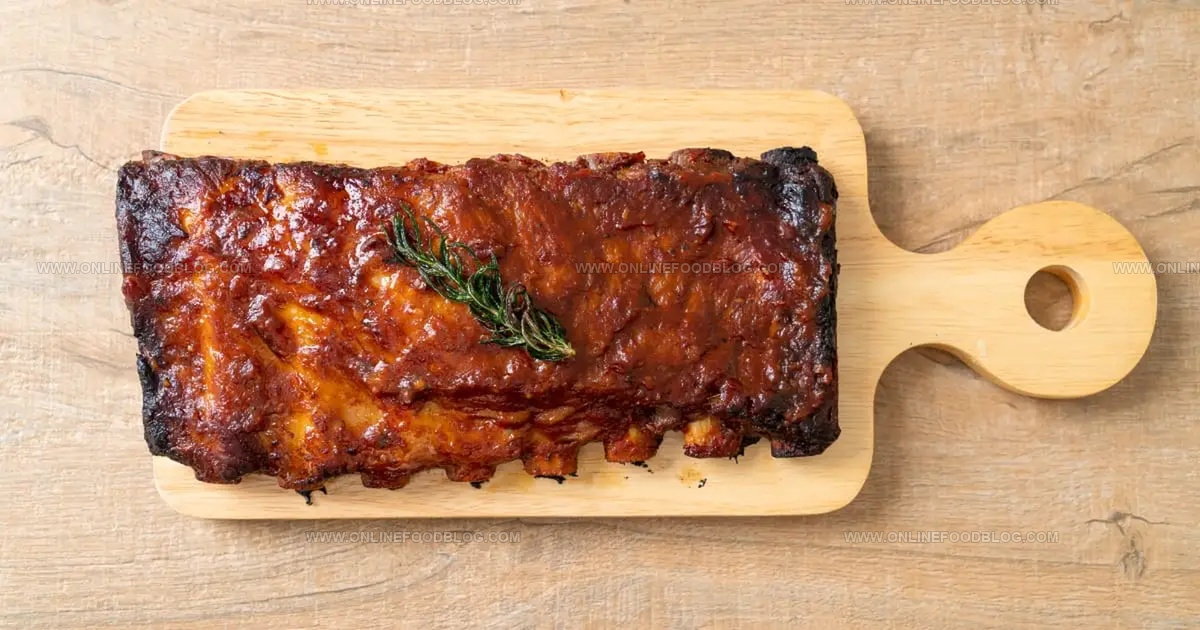
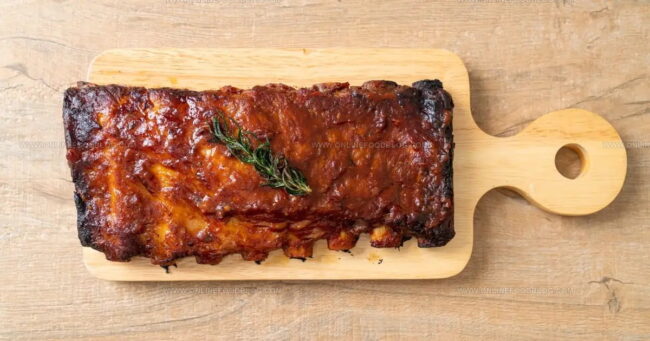
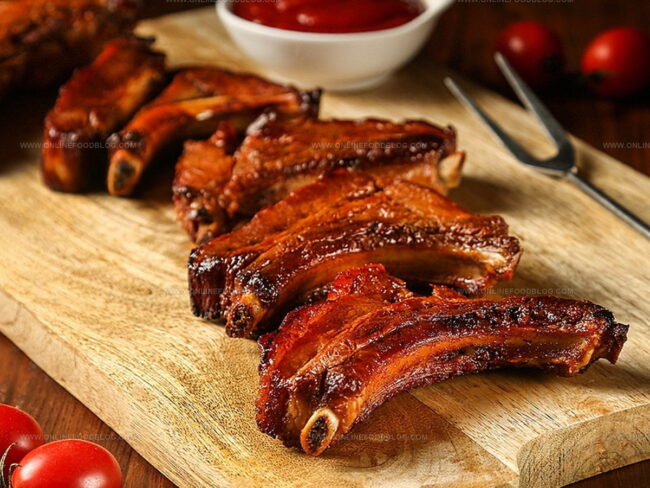
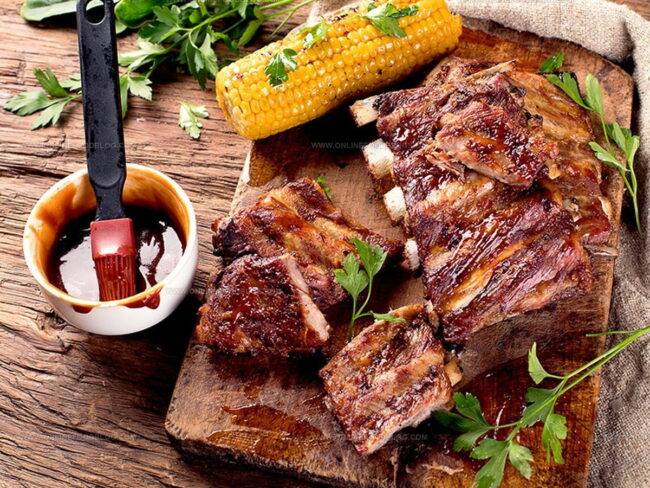
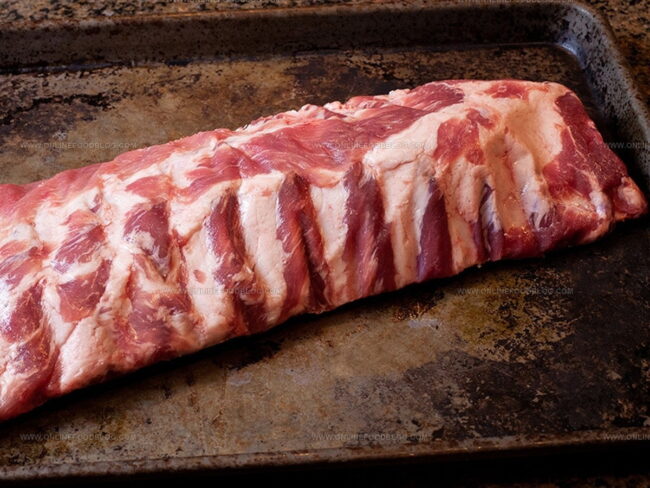
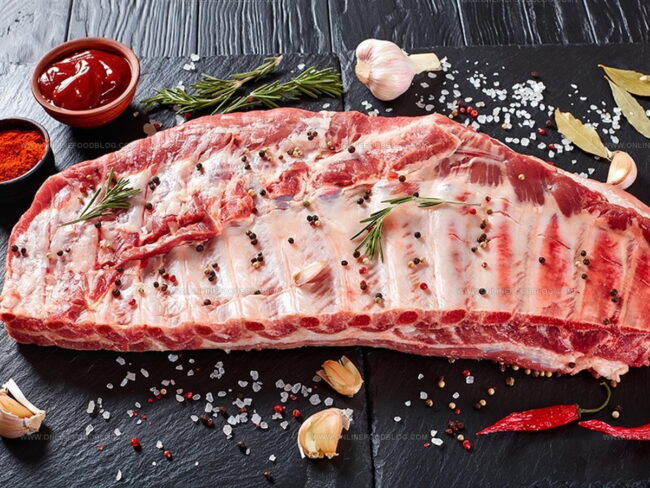

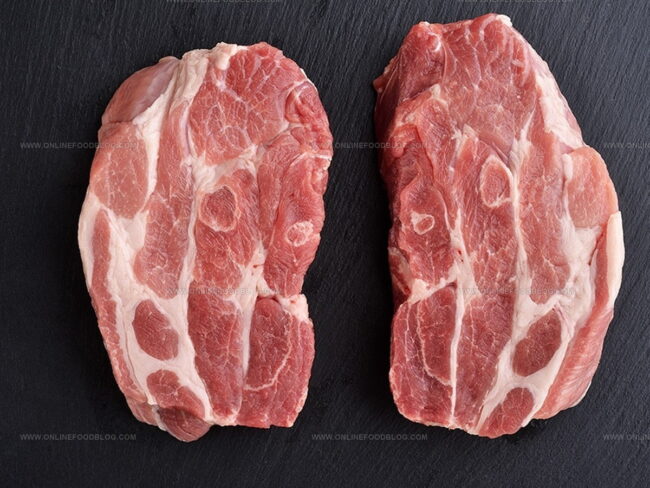

Mia Reynolds
Food Writer & Home Cooking Specialist
Expertise
Easy Home Baking, Recipe Writing and Storytelling, Local and Seasonal Ingredients, Baking for Beginners
Education
New England Culinary Institute (NECI), Montpelier, Vermont
Community College of Vermont, Winooski, Vermont
Mia Reynolds fell in love with baking as a teenager experimenting in her family kitchen. Her passion took her to New England Culinary Institute, where she learned practical pastry techniques, and later to Community College of Vermont to deepen her understanding of food management.
Mia combines clear, simple baking instructions with heartwarming stories, making home baking approachable for everyone.